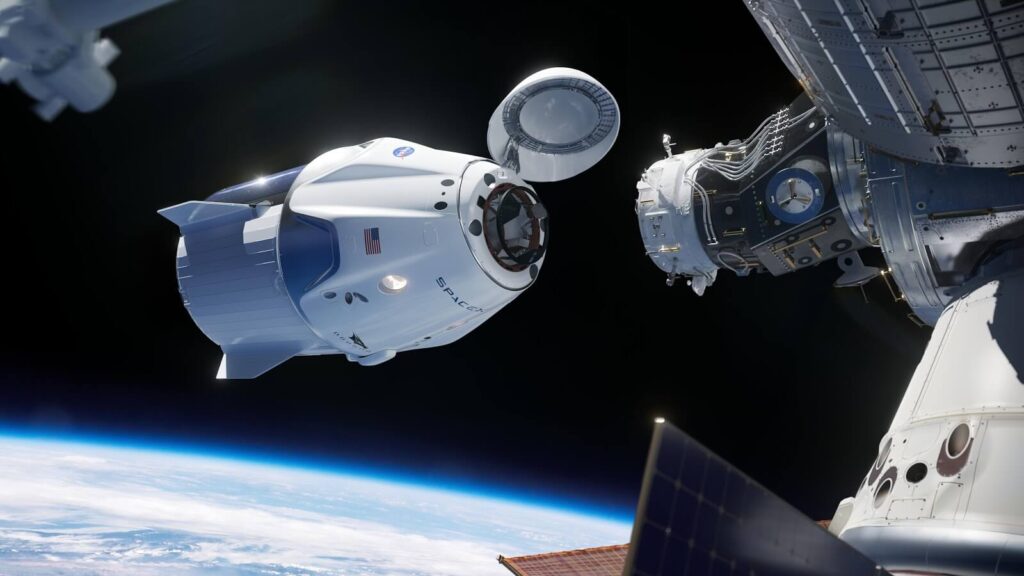SpaceX and NASA are gearing up for the second attempt to make the first manned launch of the Crew Dragon, the shuttle destined to take astronauts to the International Space Station. The historic milestone will determine the future of American space sovereignty.
The launch attempt is scheduled on May 30, 2020. You can watch the full mission coverage air live on NASA Television, the agency’s website, Youtube platform (see below) as well as numerous other platforms. NASA TV launch coverage begins at 11 am, while the liftoff is scheduled at 3:22 pm EDT (7:22 pm GMT; 8:22 pm BST).
Douglas Hurley and Bob Behnken, two NASA astronauts, were due to reach the International Space Station (ISS) on board the SpaceX Crew Demo-2 on May 27, 2020. But storm clouds gathering around the time of the Falcon 9 launch window was enough to convince the space agency and the Elon Musk company to abort the mission.
While crossing the cumulonimbus clouds, heavily charged with electricity, the rocket could have potentially been struck by lightning, compromising the mission. The launch was thus postponed to May 30, 2020.
Since the suspension of the space shuttle program in 2011, NASA relied on the Russian Roscomos “Soyuz” system to send astronauts to the International Space Station (ISS) at the cost of $80 million per seat.
But with a deteriorating relationship with Russia in the past decade, the United States decided to take back its independence within the stars. This time, however, NASA entrusted private contractors with the development of a new transport solution for its astronauts.
Back in 2014, NASA asked both Boeing and SpaceX for takeover by 2019. For now, NASA has contracted “six missions, with as many as four astronauts per mission, for each company”.
On August 3, 2018, NASA revealed the names of nine astronauts who will be aboard of the first space capsules. For the first SpaceX manned launch named Demo-2, initially programmed for April 2019, two NASA astronauts were designated:
- Bob Behnken, who joined the astronaut corps in 2000 and performed six spacewalks totaling more than 37 hours.
- Doug Hurley, a test pilot and colonel in the Marine Corps before coming to NASA in 2000 to become an astronaut. He piloted space shuttle Endeavor for STS-127 and Atlantis for STS-135, the final space shuttle mission.
Several technical problems, including the loss of the Crew Dragon capsule during the Demo-1 mission, delayed the first manned launch to May 2020.
The competing capsule, the Boeing CST-100 Starliner, was no stranger to technical mishaps. In November 2019, during the aborted mission test, one of the three main parachutes failed to open. NASA still deemed the test satisfactory. A month later, the capsule failed to reach the orbit to dock with the ISS. A new flight test will likely take place by November 2020. If conclusive, the first crewed Starliner flight test to the ISS will be carried out in 2021.
The competition between the two companies has been at the center of a controversy in November 2019, after a report of the NASA Office of Inspector General found that NASA unnecessarily favored Boeing over SpaceX. The agency paid Boeing almost $300 million above the prices fixed by the Commercial Crew Program (CCP) contract.
The money was meant as compensation for “additional flexibilities” to accelerate the production of the Starliner capsule, despite those delays being attributable to the manufacturer. Boeing was also given a higher price for its services, with $90 million per seat for the Starliner and $55 million for the SpaceX Dragon. The situation was deemed unfair by Elon Musk.
